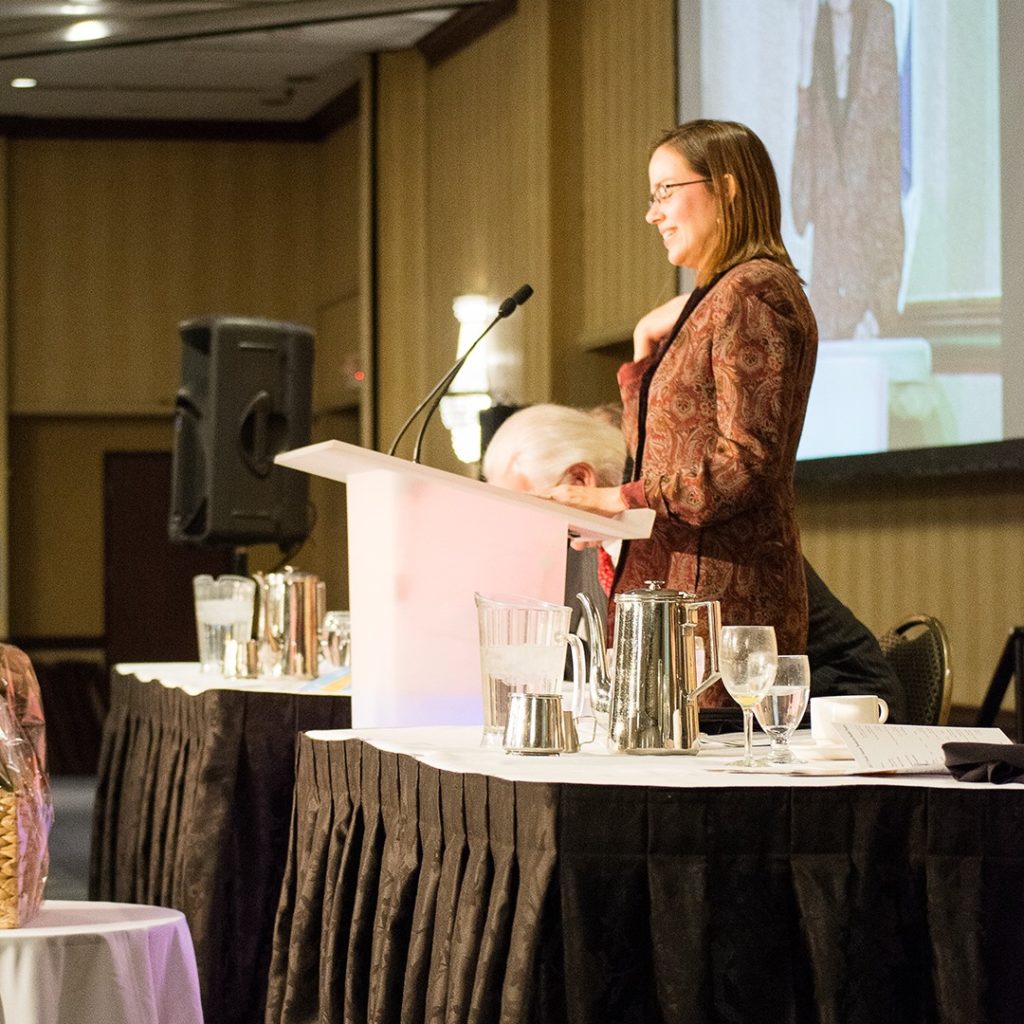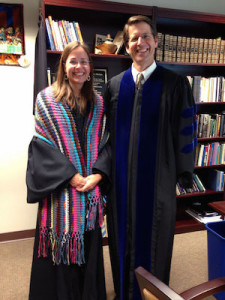How Talking about Illness-related Trauma Makes Healing More Possible
How Talking about Illness-related Trauma Makes Healing More Possible

Each of our lives bear the marks of suffering. And when we face intense experiences of suffering, we crave explanations for the “Why?”—answers for why things happen the way they do. Knowing why reassures us that we live in an orderly world that operates according to understandable laws. We want life to make sense. We want things to happen for a reason.
It is not surprising, then, that dominant versions of the cancer story strive for meaning by placing life with serious illness in a moral framework. Those of us who live with cancer are cast in the role of warriors called on to battle our cancer with all we’ve got. Telling cancer stories through the use of military images provides a certain logic to illnesses like cancer: cancer is cast as an evil invader, and we are called to take the moral high ground by fighting and ultimately defeating it.
A moral framework often remains in place when the cancer story meets up with the Christian story. The question of Why? becomes an insistent one. Why would a good God who overcomes moral evil allow illnesses like cancer to exist? Where’s the justice in such a diagnosis? We crave answers from a religion built around just conceptions of God.
But when we pay attention to the lives of those with life-threatening illness—whether they are religious or not—the most insistent question tends less to be “Why?”—for so many of us, there’s simply no logical explanation as to why we were stricken with serious illness—than “How?”—as in how do I live into this reality that is now my life? And for those of us who claim the Christian Story as our story, the question becomes: how does the Christian story offer a framework of meaning to this cancer-filled life where meaning is constantly under threat?
When events like a cancer diagnosis occur in the absence of any clear explanations as to the why, we are confronted with an unordered, unstructured, even lawless sense of the world. Unexplainable evil, or that which seems to be unexplainable, threatens the sense we try and make of our lives. What’s needed is more space in the tellings of the Christian Story—as well as in communal enactments of that Story and the living out of the Story’s call to care for those who suffer—for the unexplainable that comes from living with serious illness.
In the 1990s, life-threatening illness was added to the list of events and conditions that can cause post-traumatic stress disorder (PTSD). In so doing, psychiatrists were acknowledging that the threat to life and bodily integrity due to cancer or other serious illnesses can precipitate deep senses of fear, devastation, a lack of control—all symptoms of PTSD.
But applying a post-traumatic stress diagnosis to those who live with life-threatening illness remains an unsettled issue. There are ways in which trauma associated with illness does not fit neatly into the framework of post-traumatic stress. While conventional understandings of traumatic events focus on extraordinary occurrences in the past and have a beginning, a middle and an end, trauma associated with illness typically does not arise from a single event but from recurring events extending from diagnosis through treatment and beyond, possibly throughout the rest of a person’s life. Given this reality for people living with serious illness, researchers wonder whether those living with cancer can ever become “post-trauma.”
Even as important similarities exist between the ways trauma works in the lives of those who’ve endured traumatic acts of violence and the lives of those who live with life-threatening illness, a key difference is this: rather than an enemy invasion or threat from the outside, illnesses like cancer are primarily internal threats. As Augustus Waters, the teen-aged character dying of cancer in John Green’s The Fault in Our Stars, wonders out loud, “What am I at war with? My cancer. And what is my cancer? My cancer is me. The tumors are made of me. They’re made of me as surely as my brain and my heart are made of me. . . .” That our cancer is “us” creates a distinctive way of experiencing trauma related to living with an internal reality that threatens to destroy us from the inside out.
Applying the lens of trauma to those living with life-threatening illness deepens our understanding of the range of emotional responses that occur when living with cancer; talk of trauma opens up more breathing room for those who live with cancer, and it offers those who care for people who are really sick a broader framework in which to offer that care. Sociologist of illness, Arthur Frank, argues that when those of us who are ill get to tell our stories and have them really listened to, the potential for healing increases. The language of trauma helps us resist versions of the cancer story and the Christian story that are too tidy, too resolute. Instead, making space for trauma allows us to acknowledge our not-yet-resurrection reality. And acknowledging where we really live can empower us to tell our messy, irresolute stories, and move into a space where healing becomes possible.
#WJKbooks #GlimpsingResurrection


 But the author of Ecclesiastes offers a different vision: that the seasons of our lives are most often a mixture of both. That it’s not always possible to have the joyous neatly separated from the sorrowful, that in this life, the beautiful and the painful often go hand-in-hand.
But the author of Ecclesiastes offers a different vision: that the seasons of our lives are most often a mixture of both. That it’s not always possible to have the joyous neatly separated from the sorrowful, that in this life, the beautiful and the painful often go hand-in-hand.  This post is the sermon I preached this past Sunday at Westminster Presbyterian Church in Knoxville, Tennessee, where a classmate of mine from Vanderbilt, the Rev. Dr. Buran Phillips, is pastor. After the second service, Buran and a lovely 13 year old assisting minister draped a prayer shawl made by the knitters in the church and then prayed over me for the benediction. As church members told me after the service, all of us were changed by our time together on this beautiful November day.”
This post is the sermon I preached this past Sunday at Westminster Presbyterian Church in Knoxville, Tennessee, where a classmate of mine from Vanderbilt, the Rev. Dr. Buran Phillips, is pastor. After the second service, Buran and a lovely 13 year old assisting minister draped a prayer shawl made by the knitters in the church and then prayed over me for the benediction. As church members told me after the service, all of us were changed by our time together on this beautiful November day.”
You must be logged in to post a comment.